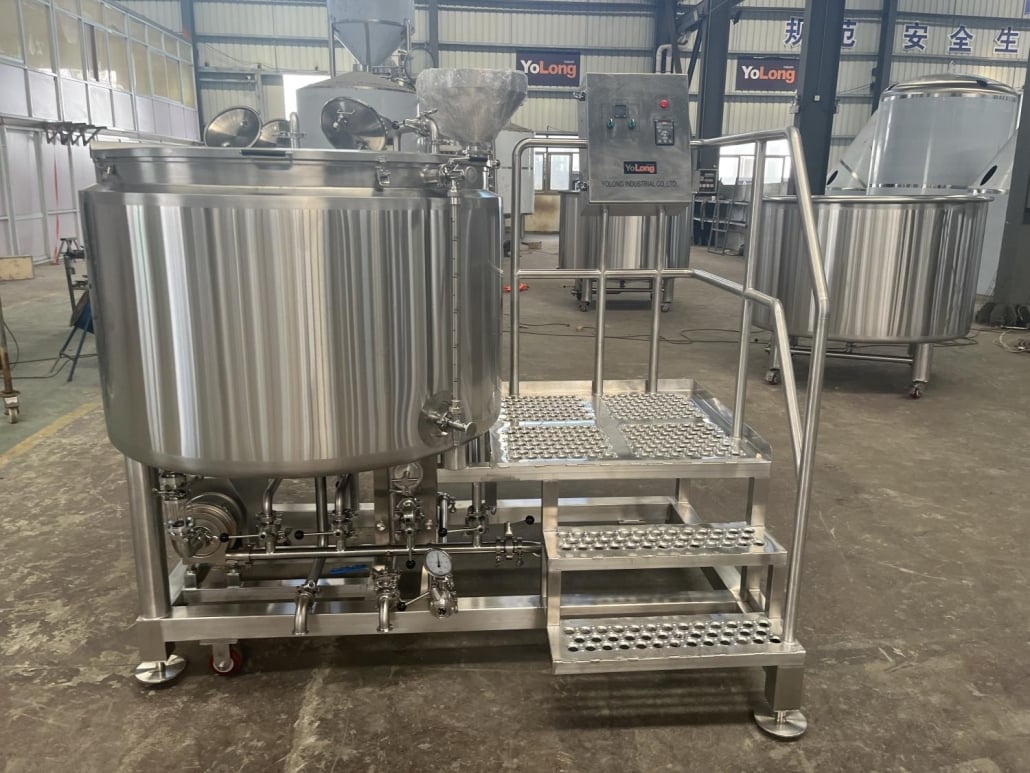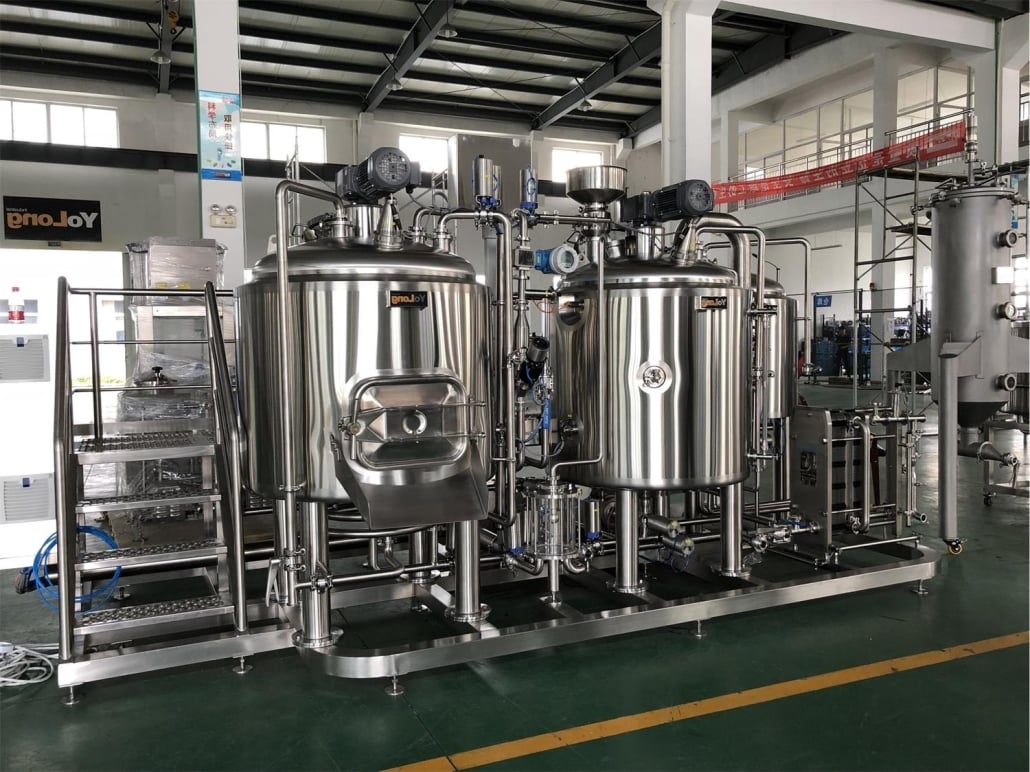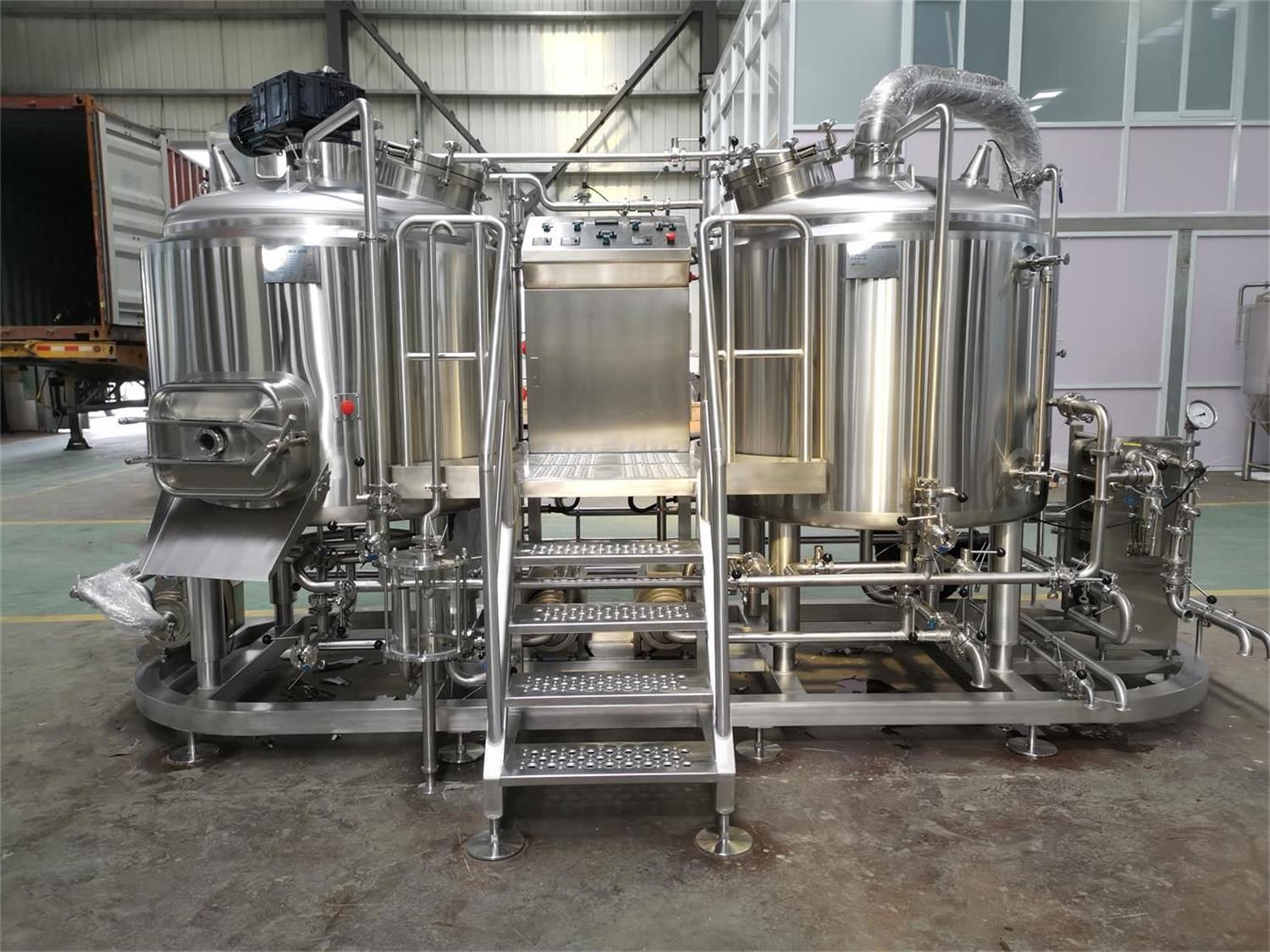Beer Breweries
Beer brewing is both an art and a science, a delicate balance of creativity and precision that results in the wide array of beers enjoyed worldwide. Whether you’re a homebrewer looking to expand your operation or a beer enthusiast interested in the process behind your favorite beverage, understanding beer breweries is essential. This guide will walk you through every aspect of beer brewing, from equipment and processes to suppliers and maintenance, all while ensuring the content is engaging and SEO-optimized.
Overview of Beer Breweries
Beer breweries have a rich history, dating back to ancient civilizations where beer was brewed in small batches for local consumption. Today, breweries range from large-scale commercial operations to small craft breweries, each with its own unique processes and equipment. The core of brewing involves converting starches in grains into sugars, which are then fermented by yeast to produce alcohol and carbon dioxide. The specifics of this process can vary greatly depending on the type of beer being produced and the scale of the operation.
Equipment Guide for Beer Breweries
Essential Equipment for Brewing Beer
Brewing beer requires a variety of specialized equipment. Here’s a detailed look at some of the most important pieces:
Mash Tun
A vessel where grains are mixed with water and heated to convert starches into fermentable sugars.
Lauter Tun
Used to separate the liquid wort from the grain husks after mashing.
Boil Kettle
Where the wort is boiled and hops are added for bitterness and flavor.
Fermenter
A container where wort is fermented by yeast to produce beer.
Bright Tank
Used for conditioning and carbonating beer before packaging.
Kegging and Bottling Equipment
Necessary for storing and distributing the finished beer.

Detailed Equipment Table
| Equipment Type | Description | Key Features |
|---|---|---|
| Mash Tun | Vessel for mixing grains with water, converting starches to sugars | Temperature control, insulation |
| Lauter Tun | Separates wort from grain husks | False bottom, sparging system |
| Boil Kettle | Boils wort and adds hops | Volume capacity, heating source |
| Fermenter | Container for fermenting wort into beer | Airlock, temperature control |
| Bright Tank | Conditions and carbonates beer before packaging | Pressure control, cooling jacket |
| Kegging Equipment | Stores and dispenses finished beer | Kegs, CO2 tanks, taps |
| Bottling Equipment | Packages beer into bottles for distribution | Fillers, cappers, labels |
The Brewing Process Explained
Brewing beer involves several steps, each crucial to the final product. Here’s a breakdown of the process:
Step-by-Step Brewing Process
1. Malting
Grains are soaked, germinated, and dried to convert starches to fermentable sugars.
2. Mashing
Malted grains are mixed with hot water in the mash tun, converting more starches to sugars.
3. Lautering
The mash is transferred to the lauter tun, where the liquid wort is separated from the grain husks.
4. Boiling
The wort is boiled in the kettle, and hops are added for bitterness, flavor, and aroma.
5. Fermentation
The boiled wort is cooled and transferred to the fermenter, where yeast is added to ferment the sugars into alcohol and CO2.
6. Conditioning
The beer is conditioned in a bright tank, where it matures and develops its final flavors.
7. Packaging
The finished beer is packaged into kegs or bottles for distribution and consumption.
Brewing Process Key Details
| Brewing Step | Description | Key Considerations |
|---|---|---|
| Malting | Soaking, germinating, and drying grains to prepare for brewing | Grain quality, moisture content |
| Mashing | Mixing malt with hot water to convert starches to sugars | Temperature control, pH levels |
| Lautering | Separating wort from grain husks | Efficiency, clarity of wort |
| Boiling | Boiling wort and adding hops | Timing, hop variety, boil vigor |
| Fermentation | Yeast ferments sugars into alcohol and carbon dioxide | Yeast health, fermentation temp |
| Conditioning | Maturing beer to develop final flavors and carbonation | Time, temperature, pressure |
| Packaging | Bottling or kegging beer for distribution | Sanitation, carbonation levels |
Capacity, Space, Design, and Layout
| Aspect | Details |
|---|---|
| Capacity | Determined by the volume of beer produced per batch and overall production needs |
| Space | Requires adequate room for equipment, storage, and operational flow |
| Design | Should accommodate efficient workflow and scalability |
| Layout | Influences operational efficiency, safety, and compliance with regulations |
| Customization | Options include automation, specialized equipment, and unique brewery aesthetics |
Capacity, Space, Design, Layout, Customization
| Aspect | Details |
|---|---|
| Capacity | Batch size, annual production volume, future growth plans |
| Space | Square footage, ceiling height, access points, utility requirements |
| Design | Workflow optimization, ergonomic considerations, aesthetic appeal |
| Layout | Equipment placement, material flow, safety zones, regulatory compliance |
| Customization | Automation levels, specialized vessels, branding elements, sustainability features |
Choosing Equipment Suppliers
Selecting the right suppliers for brewing equipment is crucial for quality and reliability.
| Supplier | Equipment Types Offered | Price Range | Notable Features |
|---|---|---|---|
| BrewTech | Mash tuns, fermenters, boil kettles | $10,000 – $100,000 | High-quality materials, customization |
| BeerSmith | Complete brewing systems, bottling equipment | $5,000 – $75,000 | Turnkey solutions, scalability |
| CraftBrew | Specialized tanks, filtration systems | $20,000 – $150,000 | Innovative designs, energy efficiency |
| HomeBrewSupply | Homebrew kits, small-scale systems | $500 – $10,000 | Affordable, beginner-friendly |
Installation, Operation, and Maintenance
Proper installation, operation, and maintenance are vital to running a successful brewery.
Installation, Operation, and Maintenance Table
| Aspect | Details |
|---|---|
| Installation | Professional setup, utility connections, compliance with safety regulations |
| Operation | Training for staff, standard operating procedures, quality control measures |
| Maintenance | Regular cleaning, equipment inspections, preventive maintenance programs |
How to Choose a Supplier
Selecting the right supplier involves evaluating several factors to ensure they meet your specific needs.
| Consideration | Details |
|---|---|
| Quality | Assess the durability and reliability of equipment |
| Support | Evaluate the availability of customer service and technical support |
| Customization | Look for suppliers that offer customization options to meet unique brewery needs |
| Reputation | Research reviews, testimonials, and industry reputation |
| Cost | Compare pricing structures and value for money |
Comparing Equipment: Pros and Cons
Understanding the advantages and limitations of different equipment options can help in making informed decisions.
| Equipment Type | Pros | Cons |
|---|---|---|
| Mash Tun | Efficient starch conversion, customizable features | High initial cost, space requirements |
| Lauter Tun | Effective wort separation, enhances clarity | Maintenance complexity, cost |
| Boil Kettle | Essential for flavor and stability, variety of heating options | Energy-intensive, space requirements |
| Fermenter | Key for fermentation control, various sizes available | Temperature control needed, cost |
| Bright Tank | Improves beer quality, essential for carbonation | Expensive, space-consuming |
| Kegging Equipment | Convenient for storage and distribution, reusable | Initial investment, maintenance |
| Bottling Equipment | Ideal for retail distribution, preserves beer quality | Labor-intensive, space needed |
Advantages and Disadvantages of Beer Breweries
Operating a brewery comes with its own set of benefits and challenges.
Advantages of Beer Breweries
Running a brewery can be incredibly rewarding. Here are some key advantages:
Creative Expression
Brewing allows for creativity in developing unique beer flavors and styles.
Community Engagement
Breweries often become community hubs, hosting events and bringing people together.
Economic Benefits
Breweries contribute to local economies through job creation and tourism.
Sustainable Practices
Many breweries adopt sustainable practices, reducing environmental impact.
Disadvantages of Beer Breweries
While rewarding, there are challenges to consider:
High Initial Costs
Setting up a brewery requires significant upfront investment in equipment and facilities.
Regulatory Compliance
Breweries must adhere to strict regulations and licensing requirements.
Operational Complexity
Running a brewery involves complex processes that require skilled personnel.
Market Competition
The beer market is competitive, requiring constant innovation and marketing
efforts.
Table: Advantages vs. Disadvantages
| Aspect | Advantages | Disadvantages |
|---|---|---|
| Creative Expression | Freedom to experiment with flavors and styles | Risk of inconsistent batches |
| Community Engagement | Builds community relationships, hosting events | Time-consuming, resource-intensive |
| Economic Benefits | Job creation, local economic boost | High startup and operational costs |
| Sustainable Practices | Opportunities for eco-friendly initiatives | Requires investment in green tech |
| Regulatory Compliance | Ensures quality and safety standards | Complex, time-consuming process |
| Market Competition | Encourages innovation, market differentiation | High competition, market saturation |

FAQ
| Question | Answer |
|---|---|
| What is the average cost to start a brewery? | Costs can range from $100,000 to over $1 million, depending on the size and scale of the operation. |
| How long does it take to brew beer? | The brewing process typically takes between 4 to 8 weeks, depending on the beer style. |
| What licenses are needed to open a brewery? | Required licenses include federal and state brewing permits, health permits, and business licenses. |
| Can I brew beer at home legally? | Yes, homebrewing is legal in many places but may have specific regulations and limits. |
| What is the difference between ale and lager? | Ales are fermented at warmer temperatures with top-fermenting yeast, while lagers use bottom-fermenting yeast at cooler temperatures. |
| How do I maintain brewery equipment? | Regular cleaning, sanitization, and preventive maintenance are essential to keep equipment in good condition. |
Conclusion
Beer brewing is a fascinating and rewarding endeavor that combines creativity, science, and community engagement. Whether you’re a hobbyist or aspiring professional brewer, understanding the intricacies of beer breweries, from equipment to the brewing process, can enhance your appreciation and success in this craft. With the right knowledge, equipment, and passion, you can create exceptional beers that bring joy to those who taste them. Cheers to your brewing journey!
Share this entry
Interested in learning more about Brewing Systems including additional details and pricing information? Please use the form below to contact us!
YOLONG BREWERY EQUIPMENT FAQS
- Commercial Brewery / Craft Brewery / Microbrewery / Nanobrewery
- What is The Difference Between Craft Beer and Industrial Beer?
- The Bespoke Differences In Custom Brewing Systems
- Everything You Need to Know About Kettle Souring
- How to Choose Brewing Equipment for Your business?
- How To Choose The-Best Partner To Build Your Commercial Microbrewing System?
- Two Detection Sensors That You Need To Use In Your Brewhouse System
- Remote Control Applications in Brewing Equipment/How does it work?
- How To Clean Your Brand New Brewery Tanks?

